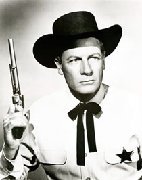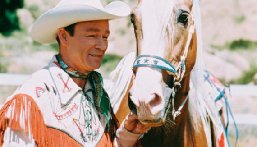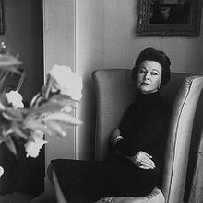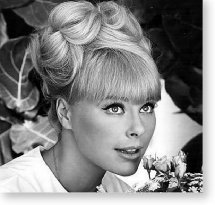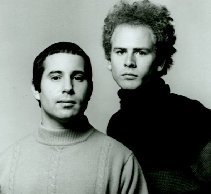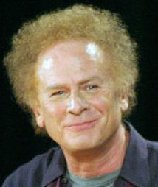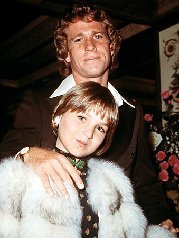School bus yellow is a color that was specifically formulated for use on school buses in North America in 1939. Originally officially named National School Bus Chrome, the color is now officially known in Canada and the U.S. as National School Bus Glossy Yellow.
The original pigment for this color was monoclinic lead(II) chromate ("chrome yellow") which had superior steel-protecting properties compared to other pigments. Because lead chromate was toxic because of both its lead and chromate content, and also subject to lead sulfide darkening after exposure to air, the pigment was initally replaced by a mixture of cadmium sulfide ("cadmium yellow") and enough cadmium orange or selenium pigments to produce the equivalent color. However, cadmium is also an expensive and toxic heavy metal, so now many saturated-color pigments are now azo-based organics.
Origin
In April 1939, Dr. Frank W. Cyr, a professor at Teachers College, Columbia University, in New York, organized a conference that established 44 uniform national design, construction, and safety standards for school buses in America, including the exterior body color. The yellow-orange color was selected because black lettering on it was most legible in semi-darkness, and because it was conspicuous at a distance and unusual enough to become associated with school buses and groups of children en route.
Transportation officials from each of the 48 states, representatives from bus chassis and body manufacturers, and paint experts from DuPont and Pittsburgh Paints participated in the conference, which was funded by a $5,000 grant (more than $100,000 today) from the Rockefeller Foundation. The yellow-orange color, in three slight variants to allow for different paint formulations, was adopted by the National Bureau of Standards (now the National Institute of Standards and Technology) as Federal Standard No. 595a, Color 13432.
Dr. Cyr became known as the "Father of the Yellow School Bus."
Outside North America
North American-style yellow school buses are being introduced in some parts of the United Kingdom, prompted by corporate links to the American industry, for example First Student UK, or a desire to re-brand school buses, such as West Yorkshire Metro's Mybus.
A similar shade of yellow was used in Santiago, Chile's bus lines between 1992 and 2007.
- 1 (20-ounce) package refrigerated shredded potatoes
- 1 small onion, finely chopped
- 1 egg
- 3/4 cup all-purpose flour
- 1 teaspoon salt
- 1/2 teaspoon black pepper
- 1 cup shredded Cheddar cheese
- 1 cup vegetable oil
- In a large bowl, combine potatoes, onion, and egg; mix well. Add flour, salt, pepper, and cheese; mix until well combined.
- In a large skillet over medium heat, heat oil. Measure about 1/2 cup potato mixture and form into pancake shape. Place pancakes in hot oil and cook 3 to 4 minutes per side, or until golden on both sides. Drain on a paper towel-lined platter. Repeat with remaining pancakes. Serve warm.
***Sour cream and applesauce are delicious toppings for potato pancakes!
1941 – Art Garfunkel, American musician
National Donut Day (also known as National Doughnut Day) on November 5th is one of two observed by donut lovers across the nation. The first Friday in June is the other day donuts steal the bakery case spotlight ready to tease their way into white bakery box and go home!
History disputes the origin of the donut. One theory suggests Dutch settlers brought donuts to North America much like they brought other traditional American desserts. They receive credit for such desserts as the apple pie, cream pie and cobbler.
Donut shapes are as varied as their history. Was the original donut round? If so, American Hanson Gregory laid claim to inventing the ring-shaped donut in 1847 while working onboard a lime-trading ship. Only 16 at the time, Gregory claims he punched a hole in the center of dough with the ship’s tin pepper box. Later, he taught the technique to his mother.
Traveling further back in time, we look at an English cookbook. According to anthropologist Paul R. Mullins, an 1803 volume included donuts in the appendix of American recipes. However, the earliest recorded usage of the term donut is found in a short story in a Boston Times article about “fire-cakes and dough-nuts” published in 1808.
A more commonly cited first written recording of the word is Washington Irving’s reference to donuts in 1809 in his History of New York. He described balls of sweetened dough, fried in hog’s fat. The author called them donuts. Today, these nuts of fried dough are called donut holes.
Another author, William Cullen Bryant describes donuts fried in lard in his book Picturesque America; Or, the Land We Live In which was published in 1872.
Donut versus Doughnut
- Print ads for cake and glazed donuts and doughnuts existed from at least 1896 in the United States.
- George W. Peck published Peck’s Bad Boy and his Pa in 1900. It contained the first known printed use of donut. In it, a character is quoted as saying, “Pa said he guessed he hadn’t got much appetite and he would just drink a cup of coffee and eat a donut.”
- In 1919, the Square Donut Company of America was founded. Square donuts offer an easier-to-package product.
The more traditional spelling is doughnut. However, both doughnut and donut are pervasive in American English.
Donuts come in a large variety of recipes, flavors and toppings. However, just like many pastries, we are only limited by imagination and the ingredients at hand. From syrups and jellies to sprinkles and custards, top them, fill them, bake them or fry them. Donuts have a mouth-watering way of glazing and dusting their way into our shopping carts. They also slip into the break room at work to share.
HOW TO OBSERVE
Stop at your favorite donut shop and indulge in a fresh donut.






